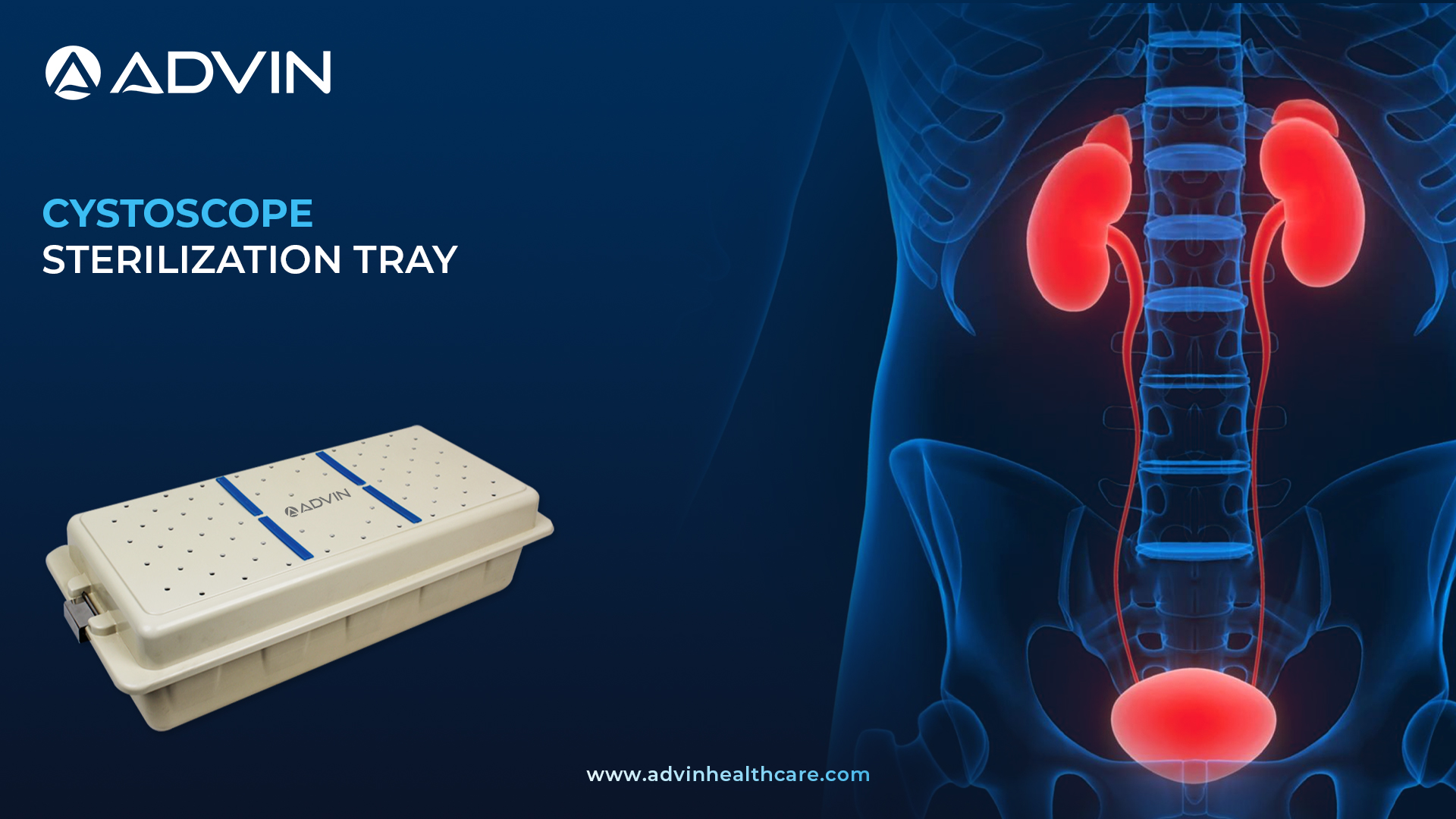Introduction to Cystoscopy Sterilization Tray – Safe Storage & Sterilization for Endoscopic Instruments
The Cystoscopy Sterilization Tray is a specially designed container used for sterilizing and storing delicate cystoscopy instruments. It provides safe organization, protection, and proper sterilization during medical procedures. The tray ensures instruments remain sterile and ready for use in urology surgeries.
Development & Evolution – Modern Sterilization Trays for Urology & Endoscopy
Sterilization trays have been used in hospitals for decades to ensure proper hygiene and safe instrument handling. Initially, simple metal trays were used, but they often lacked protective features for delicate scopes. With advances in urology, sterilization trays were developed with custom compartments and secure locking systems for cystoscopy instruments. Today, they play a crucial role in maintaining instrument integrity and patient safety.
Brief Overview – Role of Sterilization Trays in Protecting Delicate Cystoscopy Instruments
The Cystoscopy Sterilization Tray by Advin Health Care is designed for safe sterilization and organized storage of cystoscopy instruments. Advin Health Care manufactures these trays using high-quality, autoclavable materials that withstand repeated sterilization cycles. The tray features dedicated slots to hold scopes, forceps, and accessories securely. Its ergonomic design ensures instruments remain protected from damage during handling. Widely used in hospitals and urology centers, it improves efficiency and maintains sterile conditions.
Clinical Applications – Used in Cystoscopy, TURP, TURBT & Endourology Procedures
- Diagnostic Cystoscopy
- Urethroscopy
- TURBT (Transurethral Resection of Bladder Tumor)
- Bladder Stone Removal
- Ureteral Procedures using cystoscopes
How to Use – Guidelines for Instrument Loading, Sterilization & Handling
- Place cystoscopy instruments in designated slots of the tray.
- Close and secure the tray before sterilization.
- Autoclave or sterilize as per hospital protocol.
- Allow to cool before removing instruments.
- Store tray in a sterile environment until use.
Global Adoption – Countries Widely Using Sterilization Trays in Hospitals & Clinics
- United States
- Germany
- India
- United Kingdom
- France
- Italy
- Japan
- China
- Brazil
- Turkey
Also Known As – Endoscopy Sterilization Tray, Cystoscope Sterile Box
Cystoscopy Instrument Sterilization Tray, Urology Sterilization Tray, Cystoscope Sterilizing Box, Endoscopic Sterilization Tray, Autoclavable Cystoscopy Tray
Advin Cystoscopy Sterilization Tray – Material, Sizes & Key Product Features
- Advin Health Care is a leading manufacturer of Cystoscopy Sterilization Trays, offering durable, autoclavable trays that ensure safe sterilization, protection, and efficient organization of cystoscopy instruments.
- A Cystoscopy Sterilization Tray is specially designed for the safe, organized, and sterile storage of delicate cystoscopy instruments. It ensures effective sterilization, protection, and easy handling of endoscopic devices during and after procedures. The tray minimizes the risk of damage while maintaining a contamination-free environment.
Advanced Features
- Durable construction for repeated sterilization cycles
- Designed to fit and protect delicate cystoscopy instruments
- Smooth surface and rounded edges prevent instrument damage
- Autoclavable and reusable
- Lightweight yet sturdy design for easy handling
- Available in multiple sizes and configurations
Get Connected:
+91-70717 27261 | urology@advinhealthcare.com | www.advinhealthcare.com



